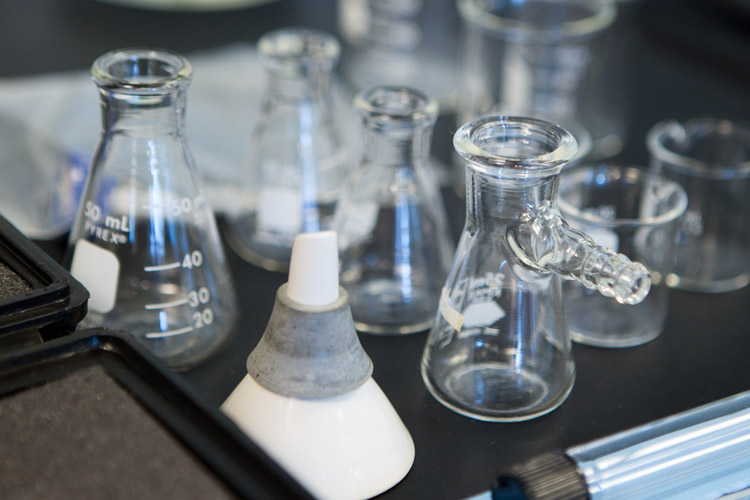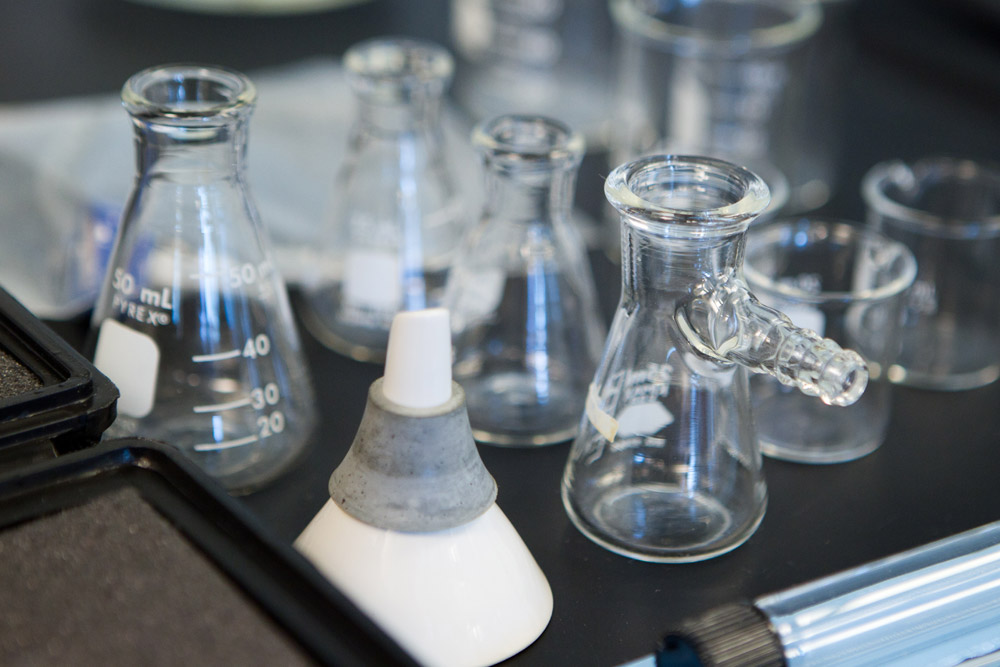
Faculty members at The University of Texas at Dallas received five of the 94 research grants recently awarded statewide by The Welch Foundation, one of the nation’s largest sources of private funding for basic chemical research.
The foundation announced in June that its 2021 funding includes nearly $23 million to 15 Texas colleges and universities. Each of the UT Dallas grant recipients — all of them in the Department of Chemistry and Biochemistry in the School of Natural Sciences and Mathematics — will receive up to $240,000 over three years.
“Chemistry has a long history of support from The Welch Foundation, but five new grants is unprecedented and speaks to the quality of our faculty,” said Dr. Kenneth Balkus, department head and professor of chemistry whose own research is supported in part by the foundation. “In particular, our young faculty have established a strong record of funding, and this recognition by The Welch Foundation further validates their research efforts.”
The five new awards bring to 13 the number of active Welch Foundation research grants held by UT Dallas faculty members.
Since its inception in 1954, the Houston-based foundation has contributed nearly $1.1 billion to the advancement of chemistry through research grants, departmental grants, endowed chairs and support for other chemistry-related programs in Texas.
“Ongoing basic chemical research is critical and provides the building blocks to help solve current and future problems,” said Adam Kuspa, president of the foundation. “Funding from The Welch Foundation is a valuable resource to Texas institutions. It helps set our state’s researchers apart from others, and we look forward to seeing what invaluable scientific contributions come from this year’s grant recipients.”
2021 Welch Grant Recipients at UT Dallas
Dr. Julia Chan, professor of chemistry and biochemistry
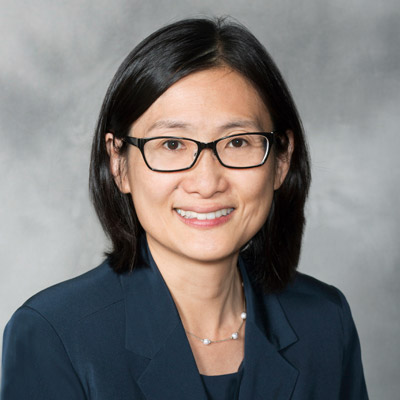
Project title: “Unraveling the Growth of Quantum Materials”
Chan’s research focuses on growing high-quality, single crystals of novel materials. Such crystals enable her research group to study the structures and directly measure the intrinsic physical properties of quantum materials. In this project, she aims to grow a new family of lanthanide intermetallics with magnetic hyperkagome lattices. A detailed study of the structure’s magnetic, electrical and transport properties could shed light on the nature of superconductivity and topological states in a new class of materials.
Dr. Sheena D’Arcy, assistant professor of chemistry and biochemistry

Project title: “A Novel HDX Workflow To Study Histone Dynamics in Multi-Nucleosome Systems”
D’Arcy’s research examines the structure and function of proteins involved in DNA regulation, particularly those that affect the dynamics of nucleosomes. Nucleosomes are responsible for coiling up the DNA in a cell. She and her team will use a novel approach that builds on current methods using hydrogen/deuterium exchange with mass spectrometry. They will study multi-nucleosome arrays in solution, which is a system that more accurately reflects the natural genomic environment compared to current studies. Tracking over time how these arrays change as they interact with other proteins will help researchers better understand the fundamental biological processes that regulate access to a cell’s genetic material.
Dr. Sheel Dodani BS’07, assistant professor of chemistry and biochemistry

Project title: “Harnessing the Plasticity of Anion-Binding Proteins To Engineer Genetically Encoded Fluorescent Indicators and Integrators”
Anions are negatively charged particles that are essential nutrients for all forms of life, found over a wide range of concentrations with varying physical properties such as size, shape and charge. Living systems must recognize and position anions at the right place and time to ensure proper biological function. These dynamic processes can be intercepted and visualized with optical microscopy at the organism, tissue, cellular and subcellular levels using fluorescent protein-based biosensors. This new grant will support Dodani and her team to use protein engineering methods to develop second-generation fluorescent biosensors to study anions in water for applications relevant to human health and the environment.
Dr. Gabriele Meloni, assistant professor of chemistry and biochemistry
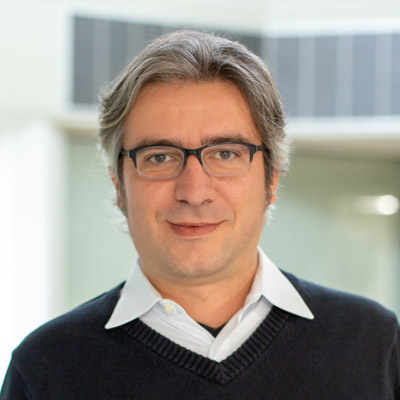
Project title: “Assembly, Selectivity, Structure, Metalloaromaticity and Reactivity in Protein Metal-Thiolate Clusters”
Metallothioneins (MTs) are a class of small metal-binding proteins in all life, and when they bind to certain metals in cells, they form structures called metal-thiolate clusters. Meloni studies MTs and the key roles they play in cellular buffering, storage and distribution of essential metals, such as zinc and copper, as well as their ability to detoxify cells of metals, including cadmium, mercury and lead. His project will investigate the assembly, structure, reactivity and metal-binding properties of different forms of MTs as well as ways to modify the metal-selectivity properties of MTs in their metal-thiolate clusters.
Dr. Allison Stelling, assistant professor of chemistry and biochemistry
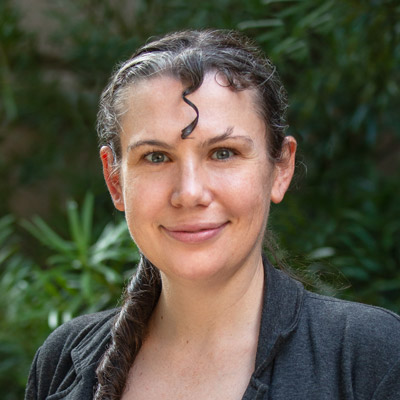
Project title: “Development and Application of IR-Based Methods for Detecting A-T Hoogsteen Base Pairs in the Nucleosome”
Bases are the chemical building blocks of DNA that constitute the “letters” of life’s genetic code. Bases bind to one another in a specific pattern, known as Watson-Crick base pairs, to form the rungs of the iconic DNA double helix. Recent work has illuminated how a very different base pairing pattern known as Hoogsteen can form inside the double helix. This change in the shape of our genetic code can impact the way DNA interacts with proteins and other molecules, which in turn can play a role in diseases such as cancer. Stelling is developing novel techniques that use infrared signals to detect and characterize Hoogsteen base pairs in solution.
